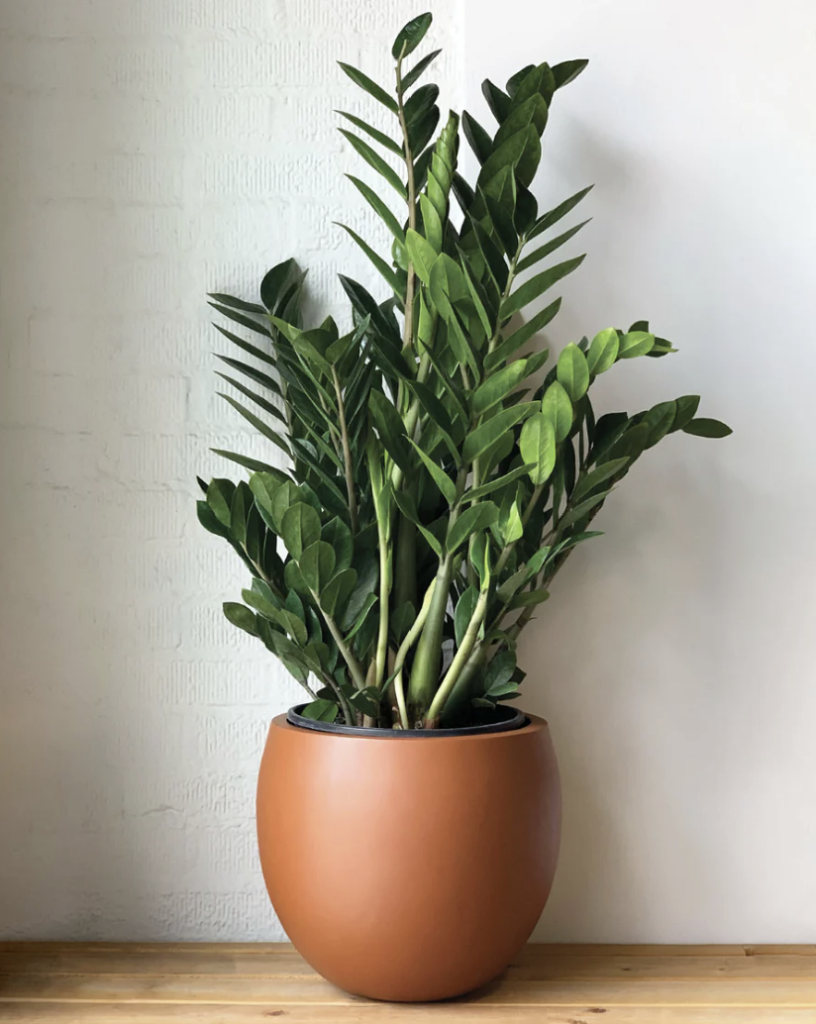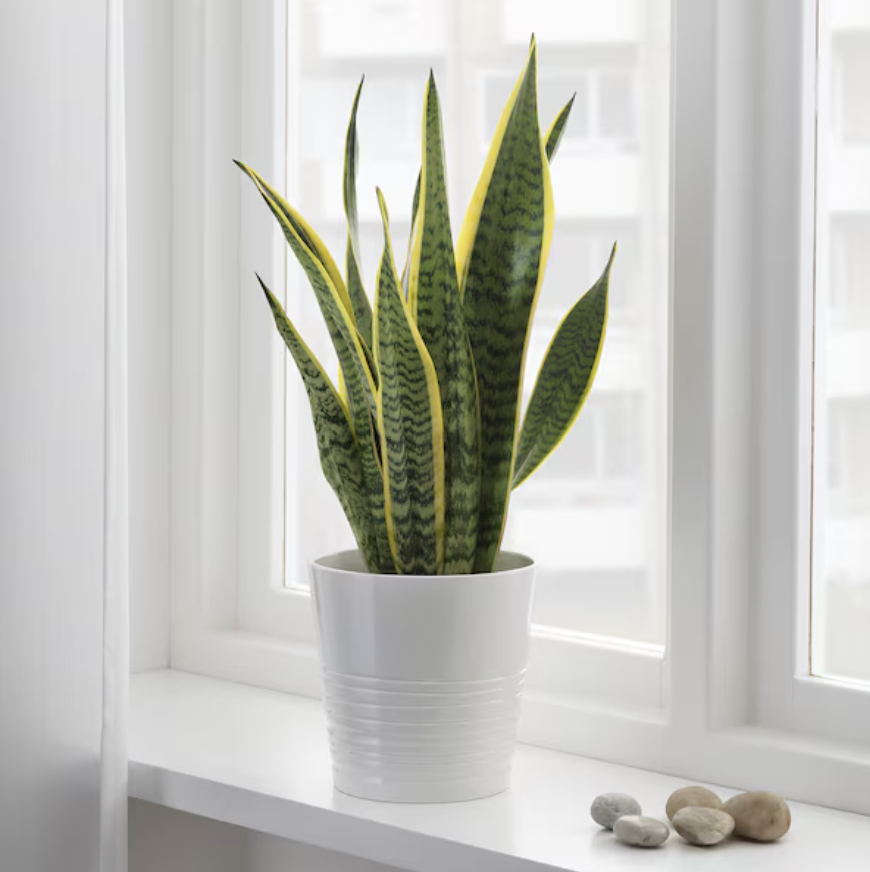Tougher Than Nails Houseplants
- 2024-11-08
- By mkirk
- Posted in Horticulture, The Garden Buzz
Part One of a Two Part Series
By Paula Szilard, Colorado Master Gardener Emeritus
Some plants are real survivors. They endure because it is their nature to do so, even in the care of neglectful humans. These plants can withstand considerable neglect, including several weeks without added water. They also have very modest fertilizer requirements. Some even do well in low light situations. In general, they are very forgiving and are perfect for the less nurturing among us.

Aspidistra elatior (Cast Iron Plant) – This China native has long, dark green leaves held up by strong stems. It was once considered the perfect plant for the beginning houseplant gardener with little light, little space and very little time. In addition to the green plant, there is a more attractive cultivar, “Variegata,” with alternating green and white stripes, plus one called “Milky Way” with yellow spots on the dark green foliage.
Zamioculcas zamiifolia (Z-Z, Aroid Palm, Emerald Fronds) – Its attractive, glossy compound leaves are one to two feet long. It has potato-like appendages on its rhizomes for water storage, giving it an edge during periods of dryness. When it does not get water for longer periods, it first loses its leaflets, then its leaves. These develop again when watered. They tolerate low light and do well with a watering every two weeks. Though tough, this is another plant you can kill with regular over watering.


Sansevieria (Mother-in-Law’s Tongue, Snake Plant, Rattlesnake Plant) – Native to tropical Africa, this is a good plant for rooms with little light. As a result, it’s often tucked away in places where it’s easily forgotten, but it survives for years with occasional watering and little fertilizer. If you are fortunate to have a well-lit spot, it will occasionally send up a stalk of white blooms that fill the house with a heady perfume. There are many varieties available at garden centers, including plants with silvery or variegated foliage, the bird’s nest type, with leaves arranged in a short rosette, and some of the tall spear-like plants. These plants like part or full sun, but they can survive on a lot less. House plant guru Elvin McDonald says they are tolerant of most conditions except freezing, burning and drowning.
Euphorbia milii (Crown of Thorns) – This Madagascar native has thick, succulent stems with spines, but it also has leaves. So, while it is a succulent, it needs more water than most plants in this group. If the soil dries out, it will lose its leaves and enter a dormant state. Reintroduce water gradually when this happens. Older varieties are small-leaved plants with tiny “flowers” in red, white and yellow. On the Thai hybrids, sometimes as many as 16 “flowers” are carried in clusters up to 4 inches across, whereas on the old-fashioned plants, the flowers usually come in twos or threes and the blossoms are miniscule by comparison. It’s a fabulous display and continues non-stop all year if watered once to twice a week, depending on conditions. If you should take a 10-day vacation, the plant will be fine without water, assuming you water well before you leave. Fertilize lightly once a month, except in winter. There are an incredible number of new varieties available in different colors from pink to orange and red, some speckled with contrasting colors. The Paysan hybrids are definitely the most rewarding plants.

Euphorbia trigona (African Milk Tree) – Although it gets tall and branches readily, there is nothing really tree-like about this plant. It consists of tall, three-faceted, bright green stems with spines. Sometimes there are attractive light green markings on the stems. If given sufficient water, the stems grow leaves, especially toward the top. When the leaves fall off, it is not getting enough water. It branches easily, thus gaining in girth as well as height. There are several attractive red cultivars. Although it’s tough, take care not to overwater this plant or it will rot at the base.
Horticulture Resources
- Garden Buzz Archives
- CSU Extension Resources
- Colorado Master Gardener Program
- Foothills to Plains Native Plant Master Program
- Native Bee Watch Community Science Program
- The Co-Hort Blog
- PlantTalk Colorado
- Soil Testing
- Plant Select
- Emerald Ash Borer
- Japanese Beetle
- Colorado State Forest Service
- Ask an Expert


